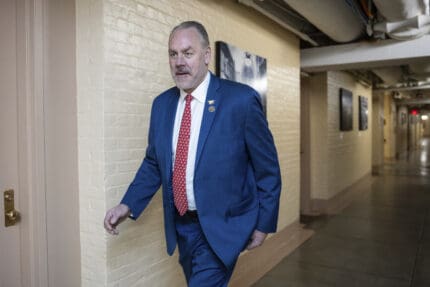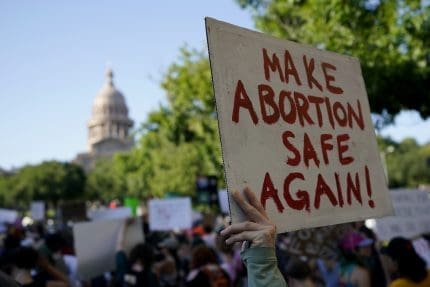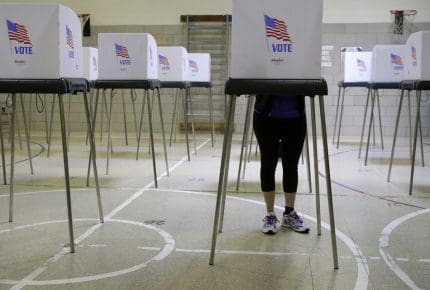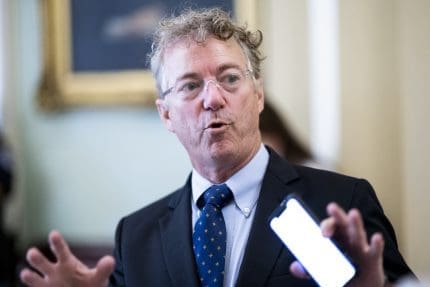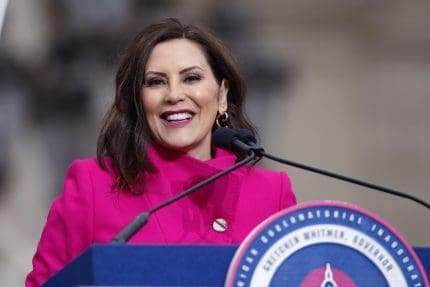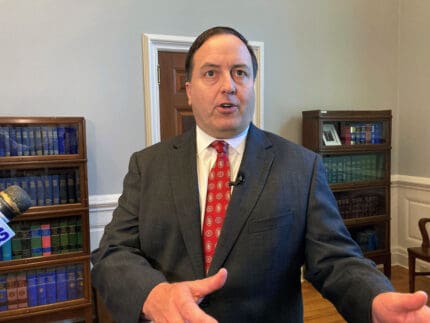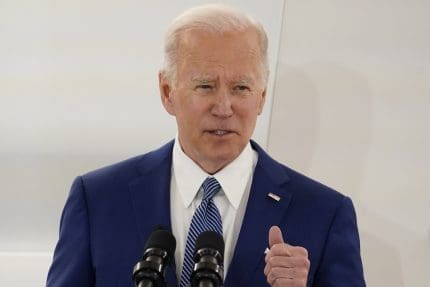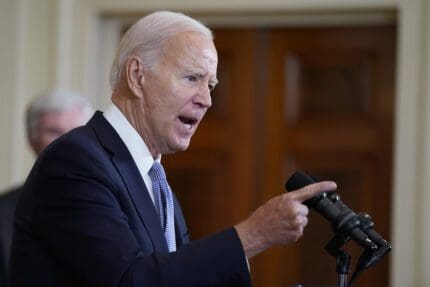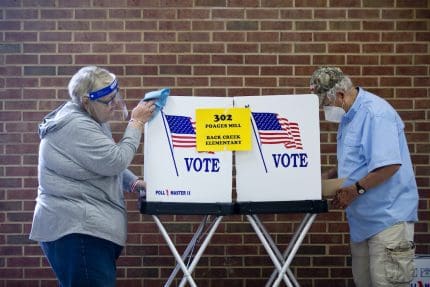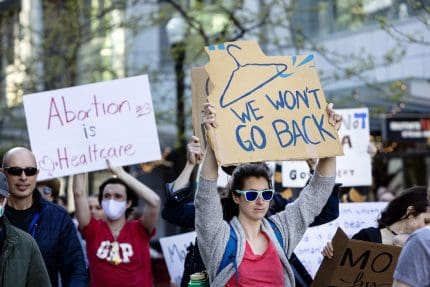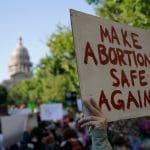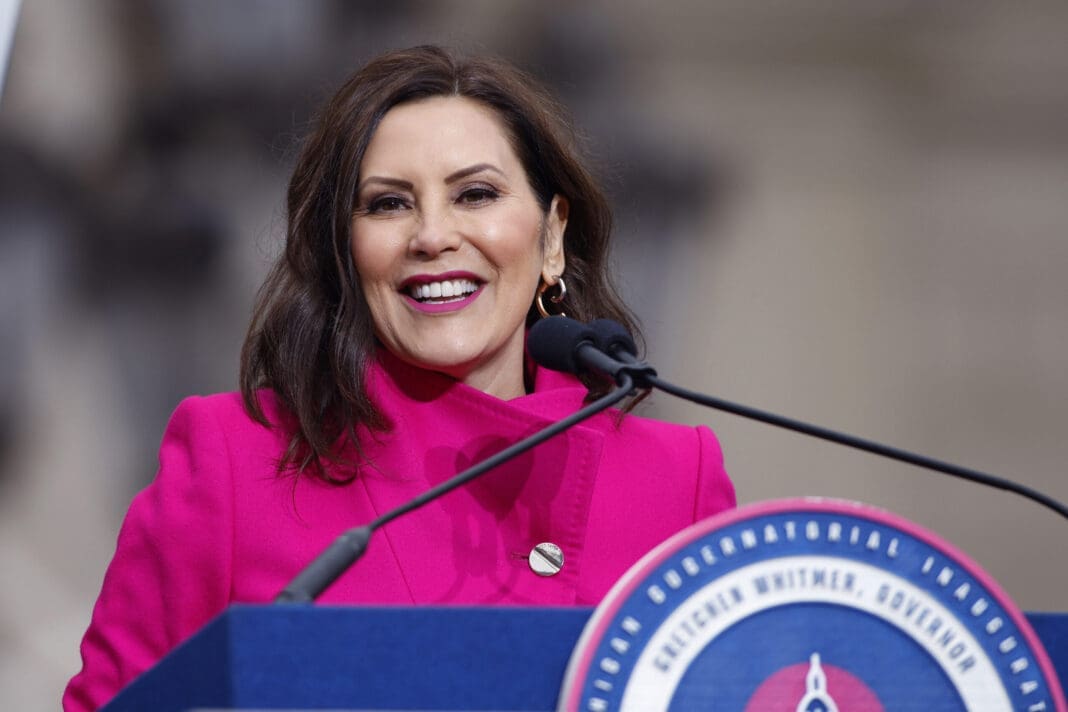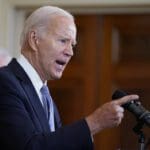8 times Trump changed his mind about how bad the virus death toll would be
Donald Trump has repeatedly shifted what he considers to be a success for his administration, ranging from zero coronavirus deaths to 200,000.

In just three months’ time, Donald Trump has shifted his position on how much to worry about coronavirus deaths at least 8 times, about once every 11 days.
Trump’s “predictions” have ranged from foreseeing a complete elimination of new infections to saying there would be 200,000 deaths from the pandemic.
But Trump remained consistent in the notion that he deserved praise, even as his own definition of success changed over time.
Feb. 2: Few cases, zero deaths
Just under two weeks after the first coronavirus case was confirmed in the United States on Jan. 21, Trump said that the new virus was completely under control.
“Well, we pretty much shut it down coming in from China,” Trump told Fox News host Sean Hannity. “We can’t have thousands of people coming in who may have this problem, the coronavirus. So we’re gonna see what happens, but we did shut it down, yes.”
On Feb. 2, nine people in the United States had confirmed coronavirus cases, according to a CNN report at the time.
Feb. 26: ‘Close to zero’ cases, zero deaths
Even as the virus spread, Trump continued to exude confidence, predicting that the number of cases would soon dwindle down almost completely.
“And again, when you have 15 people, and the 15 within a couple of days is going to be down to close to zero, that’s a pretty good job we’ve done,” Trump said at a White House press briefing.
At the time Trump made the statement, there were 60 confirmed cases, not 15.
March 5: Deaths will be ‘as low as possible’
On Feb. 29, Washington state reported the first known coronavirus death in the United States. Less than a week later, Trump wrote on Twitter that he wanted the number of deaths to stay low.
“With approximately 100,000 CoronaVirus cases worldwide, and 3,280 deaths, the United States, because of quick action on closing our borders, has, as of now, only 129 cases (40 Americans brought in) and 11 deaths,” Trump tweeted. “We are working very hard to keep these numbers as low as possible!”
A day later, on March 6, the New York Times reported 307 coronavirus cases and 17 deaths.
March 9: Less than 37,000 deaths
Before declaring a national emergency, Trump often compared the new coronavirus to the flu.
On March 9, Trump tweeted, “So last year 37,000 Americans died from the common Flu. It averages between 27,000 and 70,000 per year. Nothing is shut down, life & the economy go on. At this moment there are 546 confirmed cases of CoronaVirus, with 22 deaths. Think about that!”
Trump implied that the impact of the new coronavirus would be significantly less than the seasonal flu, despite warnings from medical experts that the new virus was much more dangerous.
On the same day, the New York Times reported 539 people in the United States had confirmed coronavirus cases, and at least 22 people had died.
March 29: 100,000 to 200,000 deaths
In late March, Trump significantly moved the goal posts from a month earlier, stating that anything less than 200,000 deaths should be hailed as a success.
“And so, if we can hold that down, as we’re saying, to 100,000 — that’s a horrible number — maybe even less, but to 100,000, so we have between 100 and 200,000 [deaths from coronavirus], we all together have done a very good job,” Trump said during a Rose Garden press conference.
April 20: 50,000 to 60,000 deaths
Trump used a coronavirus task force briefing to shift his goal yet again.
“But we did the right thing, because if we didn’t do it, you would have had a million people, a million and a half people, maybe 2 million people dead,” Trump said. “Now, we’re going toward 50, I’m hearing, or 60,000 people. One is too many. I always say it: One is too many. But we’re going toward 50- or 60,000 people. That’s at the lower — as you know, the low number was supposed to be 100,000 people. We — we could end up at 50 to 60. Okay? It’s horrible.”
At the time Trump made this new prediction, more than 787,000 people in the country had confirmed coronavirus cases, and more than 42,000 people had died.
April 27: 60,000 to 70,000 deaths
It only took a week for Trump to increase his projection by another 10,000 deaths.
“So, yeah, we’ve lost a lot of people,” Trump said at a White House press briefing. “But if you look at what original projections were — 2.2 million — we’re probably heading to 60,000, 70,000. It’s far too many. One person is too many for this.”
At the time Trump made this statement, the number of confirmed coronavirus cases was nearly 1 million and more than 56,000 people had died.
May 3: 75,000, 80,000, or 100,000 deaths
Days after his previous prediction, Trump changed his mind yet again.
“Look, we’re going to lose anywhere from 75, 80, to 100,000 people,” Trump said during a Fox News interview. “That’s a horrible thing. We shouldn’t lose one person out of this.”
A day after that interview, the New York Times reported that one model used by the Trump administration predicted the daily coronavirus death toll would reach 3,000 on June 1. The Times also reported that a different model, the Institute for Health Metrics and Evaluation at the University of Washington estimated 135,000 deaths by August.
As Trump continued missing the mark about the impact of the coronavirus crisis on the nation, he nonetheless praised his own efforts.
On March 16, Trump rated his handling of the crisis a 10 out of 10.
A Washington Post analysis of more than 13 hours of Trump talking at coronavirus briefings during April showed that he spent 45 minutes praising his own efforts. The same report showed he only spent only four-and-a-half minutes offering condolences to the tens of thousands of people who died.
Published with permission of The American Independent Foundation.
Recommended

Ohio doctors fear effects of emergency abortion care case set to go before U.S. Supreme Court
A federal law that allows emergency departments to treat patients without regard to their ability to pay will be under U.S. Supreme Court scrutiny this week, and Ohio doctors are concerned about the case’s local impact on emergency abortion care.
By Susan Tebben, Ohio Capital Journal - April 23, 2024
House GOP votes to end flu, whooping cough vaccine rules for foster and adoptive families
A bill to eliminate flu and whooping cough vaccine requirements for adoptive and foster families caring for babies and medically fragile kids is heading to the governor’s desk.
By Anita Wadhwani, Tennessee Lookout - March 26, 2024
U.S. House Speaker Johnson says IVF should be protected — just not by Congress
U.S. House Speaker Mike Johnson said Thursday that it’s up to states and not Congress to preserve access to in vitro fertilization, weighing in on a growing national debate and campaign issue.
By Jennifer Shutt, States Newsroom - March 14, 2024













